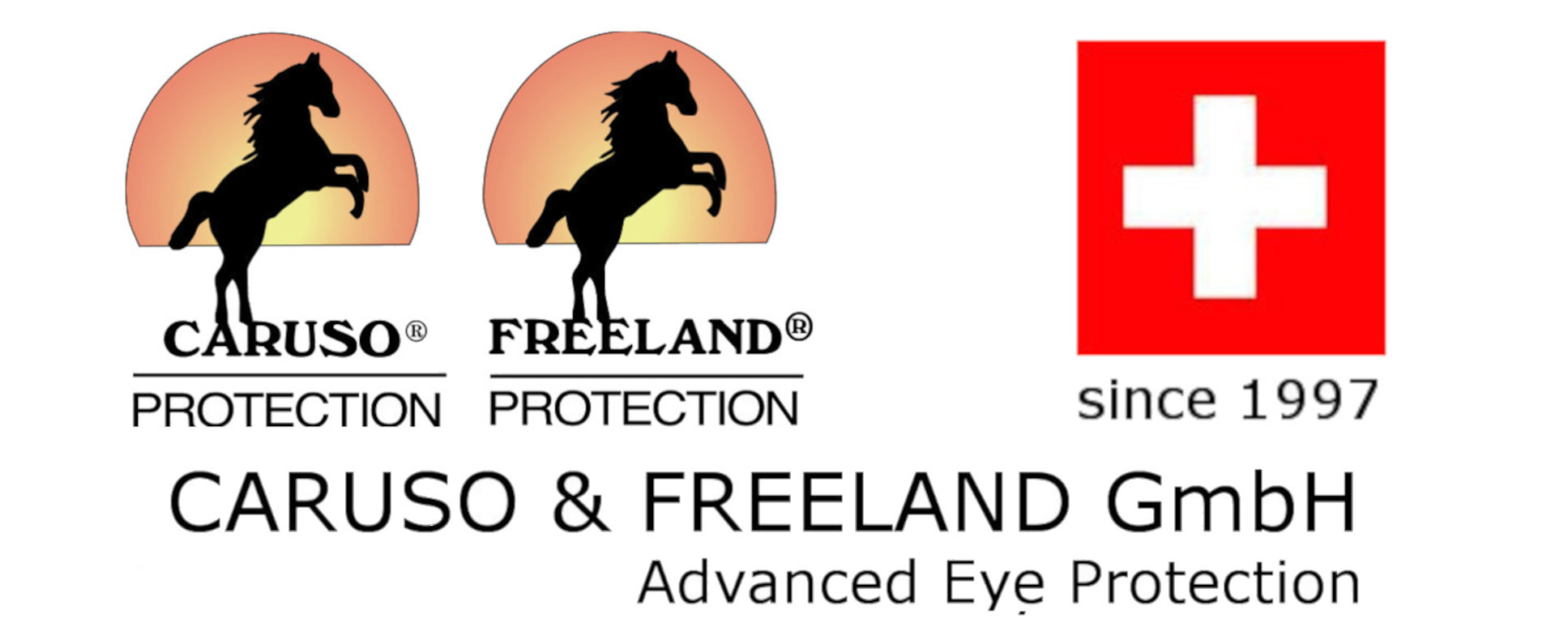Gentili signore e signori.
Siamo lieti che siate interessati ai nostri dati scientifici. Speriamo di contribuire positivamente a una maggiore protezione degli occhi per l'intera popolazione.
Otterremo un quadro più preciso solo se lavoreremo insieme in diverse discipline e condivideremo le nostre conoscenze.
Lavoriamo a stretto contatto con esperti di medicina, biologia, meteorologia, oftalmologia, dermatologia, istituti tecnici, università, sicurezza sul lavoro, autorità sanitarie e industria.
La nostra azienda CARUSO & FREELAND GmbH ha investito più di 20 anni in ricerca e sviluppo nel campo della protezione degli occhi e della pelle.
Se siete interessati a una collaborazione vi preghiamo di contattarci.
PAPER
Assessment of the Blue Light Ocular Hazard by Solar Measurements and the Impact of Selected Sunglasses Based upon the Limits of the International Commission on Non-Ionizing Radiation Protection Guideline
Krejci, Martin; Caruso, Giuseppe
A quantitative assessment of the blue light hazard for the human eye related to direct solar irradiation is presented. For six radiation situations, missing eye protection was compared to protection by nine different commercial sunglasses with and without an optimized blue light filter. Measurements of the solar irradiance were performed on Earth’s surface as well as at an elevation of 12 km in the cockpit of an airliner. An irradiation time limit was calculated from the measurement data, within which the maximum blue light dose of 100 J m −2 , recommended by the International Commission on Non-Ionizing Radiation Protection and mandatory for the safe operation of lamps according to the norm ICE 62471, is reached. The results suggest that the blue light dose limit is violated within less than 3 s when looking without eye protection directly into the sun. For Category 3 sunglasses without the optimized blue light filter, time limits of 10 to 25 s on Earth’s surface and 7 to 8 s at 12 km altitude were observed. The investigated Category 3 sunglasses with optimized blue light protection and suited for traffic use allow a time limit of more than 40 s on Earth’s surface and 18 to 95 s in the airliner’s cockpit. The outcome of the study is that the eye protection against blue light hazard related to solar radiation can be quantified using existing limits and that the choice of sunglasses is relevant: Traffic-worthy sunglasses optimized for protection against blue light hazard offer a better protection than non-optimized sunglasses.
Under this link you can purchase the scientific article:
